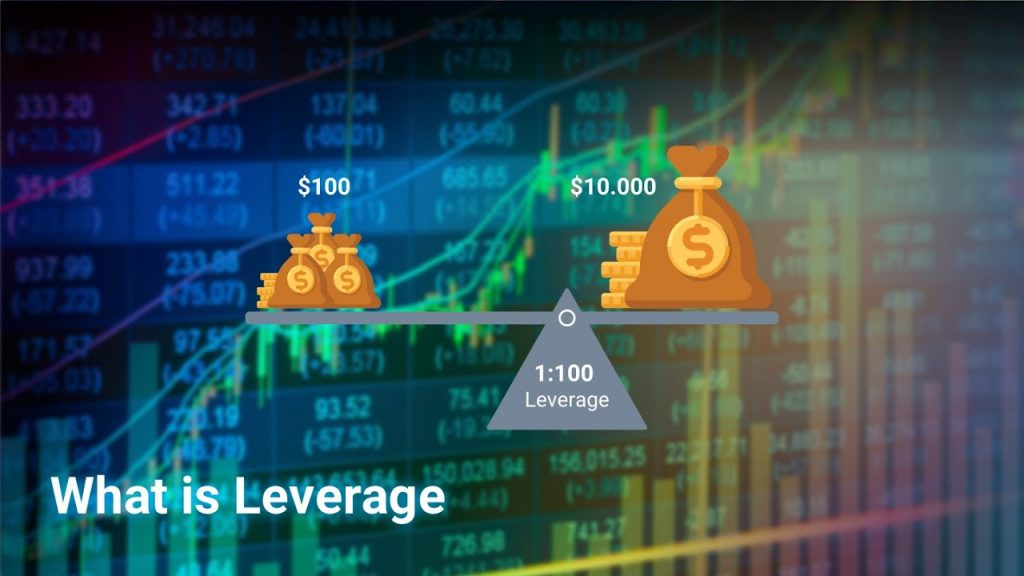Before you start investing in the currency market, it is essential to understand the risks and benefits involved. To become an informed trader, you should first learn more about the economic outlook of the currency you’re considering. After that, you should use a reliable system that gives you enough information to make a decision. Once you have a reliable system, enter a buying order for your preferred currency pair and make sure you choose the correct form of the asset.
Ample Benefits
Currency trading is an excellent way to profit from fluctuations in currency values, as it’s relatively low-cost and offers tight spreads. Forex brokers don’t charge commissions, and they make all of their money by passing on the spreads between currencies. Most big-name U.S. brokers have stricter regulations than their counterparts abroad, so you can be sure you’re not getting ripped off. For short-term traders, Forex trading is a great choice.
Currency trading is an excellent way to access a variety of financial markets while giving you exposure to various global economic conditions. In addition, you can trade in currencies in the short-term or in the long-term, depending on your goals. Before you start trading, it’s crucial to build a solid foundation in global economic trends and market conditions. After all, you’re looking to make a lot of money. Moreover, this means you can trade in multiple currency pairs and earn substantial profits, which you can then withdraw to cover your broker fees.
Manageable Risks
Currency trading involves significant risk. There are several reasons why currencies fluctuate in value. Because of this, savvy investors often shy away from this type of investment. However, these reasons do not necessarily indicate that currency trading is not for you. There are several ways to reduce these risks. To help you manage the risk, make sure to have a solid trading platform to follow.
First, currency trading is difficult to master. It requires time to learn the ropes, and many new traders make mistakes along the way. A good strategy will outline the entry and exit points for each trade. Otherwise, you are increasing your risk. A good strategy involves minimizing the risks involved and implementing tools like stop losses. Writing down your mistakes will help you improve your trading strategy. The risks of currency trading are often less severe than many other types of investing.
Easy to Use
There are many ways to trade currencies, but one of the easiest is through the use of contracts for difference. CFDs are financial instruments that facilitate you to profit from the fluctuations of a currency’s price. Traders can borrow a certain amount of money from the broker to invest in a trade, allowing them to control a greater amount of money than they deposit.
Leverage

You can choose any level of leverage when trading currencies, from 50:1 to as high as 1,500:1. While this may get to seem tempting at first, it isn’t a good idea. Leverage can easily put you in debt. Most currency traders use a lower level of leverage. However, as you get more comfortable with the forex market, you can increase your leverage as needed.
Before using leverage, it is important to know how to use it properly. Using leverage is useful for research and for raising your stakes without having to deposit more money. You should also use stop-loss orders to limit your total loss. A stop-loss order is a command to your broker that instructs them to sell your position immediately at a particular price if the price falls below this amount. It’s important to understand how leverage works and how it impacts trading profits and losses.
Volatility
Traders crave volatility, as it allows them to earn bigger profits. While the past 20 years have seen lower volatility than in recent years, this is no guarantee that the trend will continue. In fact, volatility is likely to return with increasing interest rates and consumer prices. It’s also important to remember that heightened volatility usually only lasts for a short period of time. Therefore, your best bet may actually be to skip the trade altogether.
To predict the volatility, you can use a volatility table to analyze currency pairs. You can set your minimum and maximum levels and filter out irrelevant dates. Once you’ve established your minimum and maximum levels, you can compare currencies based on their volatility. For instance, if you intend to trade EUR/USD, you can use this tool to identify pairs that are more volatile. The table will also show you the volatility for each currency pair on a daily, weekly, or monthly basis.
